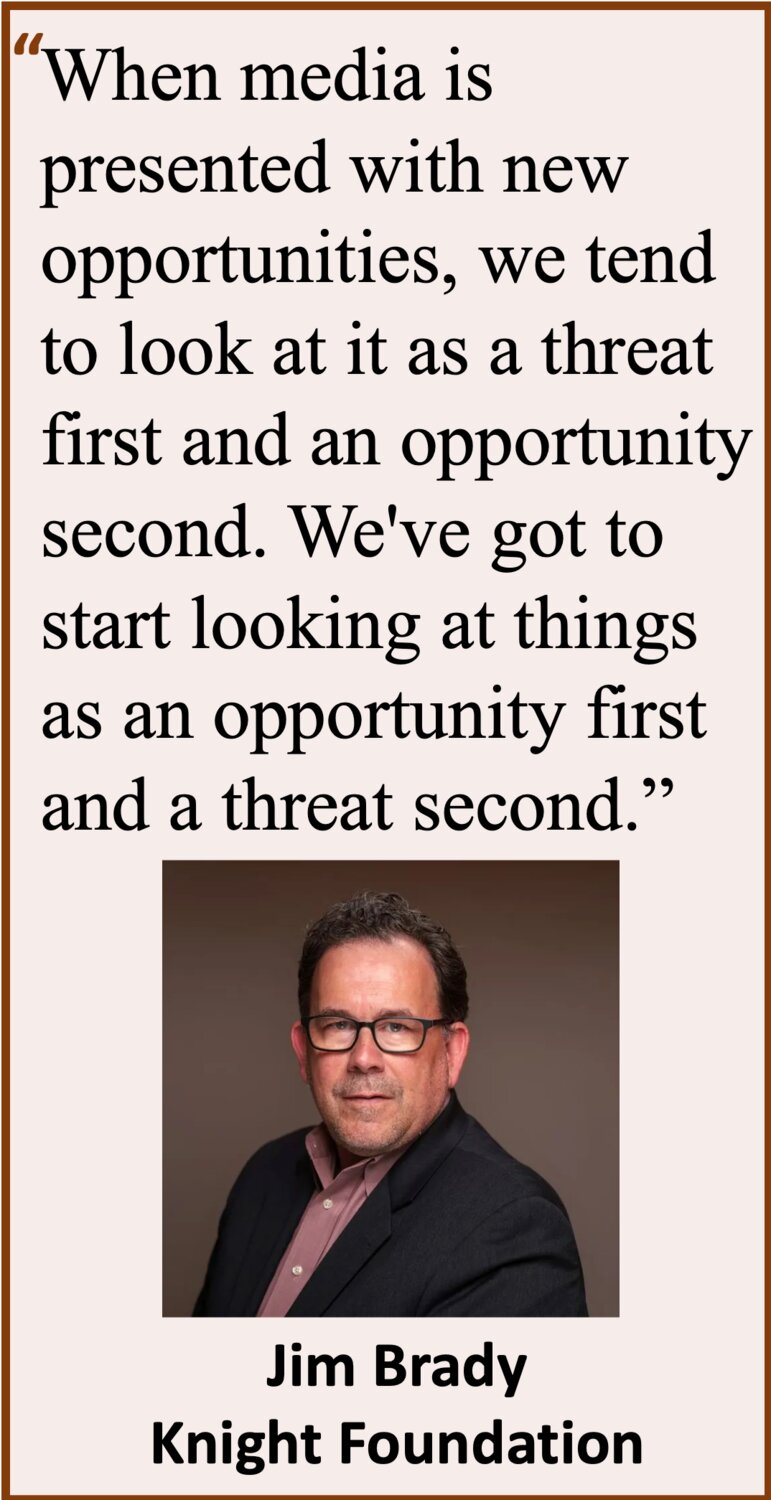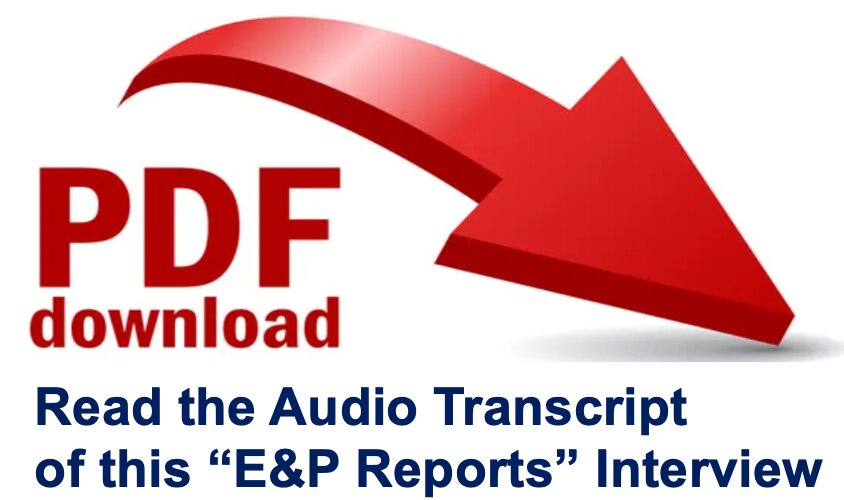In the ever-evolving media landscape, understanding how news is consumed across different social platforms is crucial for adapting to changing audience behaviors. In this episode of “E&P Reports,” we interview Katerina Eva Matsa, director of news and information research at Pew Research Center, and Jim Brady, vice president of journalism at Knight Foundation, to delve into the June 2024 Pew study: “How Americans Get News on TikTok, X, Facebook and Instagram.” The insights gleaned from our conversation provide a roadmap for news publishers navigating this dynamic environment.
The genesis and goals of the study
Matsa began by outlining the purpose behind their research. “This study builds on a decade of work exploring how Americans interact with news and politics on platforms like TikTok, Instagram, Facebook and X,” she explained. The aim was to dissect the unique ways users engage with news across these platforms, highlighting significant differences and occasional similarities in their experiences.
Brady highlighted how this research influences Knight Foundation’s strategy. “This data isn’t just academic for us; it informs our funding decisions and helps us identify problems that need innovative solutions,” he noted, emphasizing the practical application of their findings in shaping future media initiatives.
Key findings
The discussion revealed that most social media users do not primarily visit platforms for news but rather stumble upon it. Matsa pointed out, “News consumption on these platforms is often passive. People are there for entertainment, and that context influences how they engage with news.” This passive engagement frequently manifests through humor or opinionated content rather than traditional news articles.
Brady underscored the importance of adapting content to the inherent demands of each platform. “You have to be native to the platforms you’re on,” he advised. “Different platforms cater to different audience expectations, and matching the tone and format can significantly enhance engagement.”
Challenges and strategies for news publishers

One of the more stark revelations was the role of algorithms in shaping news consumption. Matsa described how these algorithms often prioritize entertainment, pushing news publishers to innovate in how they present their content. “The challenge is to blend news with the informal, entertaining formats that flourish on these platforms,” she said.
Brady reflected on the evolution of content delivery, from print to digital and now to social media, emphasizing the need for specificity in content strategy. “We can’t just recycle content across platforms. We must tailor our stories to the strengths and audience of each platform,” he stressed.
The future of news on social media
Looking forward, both Matsa and Brady see significant opportunities for news organizations willing to innovate and adapt. Matsa noted the unique role of platforms like X for breaking news, particularly among younger demographics. “Platforms differ in how they are used. For instance, X is where many users go specifically for news, unlike TikTok or Instagram,” she highlighted.
Brady suggested that publishers need to rethink their approach to content creation, focusing more on visual and interactive elements that resonate on social media. “It’s about finding the right format for the right platform. Sometimes, that might even mean creating memes or other engaging visuals that can go viral,” he explained.
Navigating partisan perceptions
The conversation also touched on the challenges of political polarization in news consumption. Matsa noted that while the overall rates of news consumption were similar across political divides, perceptions of accuracy and trust varied significantly. “Democrats and Republicans differ in how they view the credibility of news on platforms like X and Facebook,” she explained, which can influence how news is presented and consumed on these platforms.
Conclusion
The insights from the Pew Research Center’s study provide valuable lessons for news publishers. As the digital media landscape shifts, understanding the nuanced differences in how news is consumed across social platforms can help publishers reach and engage their audiences more effectively. Key takeaways from Matsa and Brady, include a need for flexibility, innovation, and a deep understanding of platform-specific dynamics to achieve success in today’s fragmented media environment.
 |
 |
Comments
No comments on this item Please log in to comment by clicking here